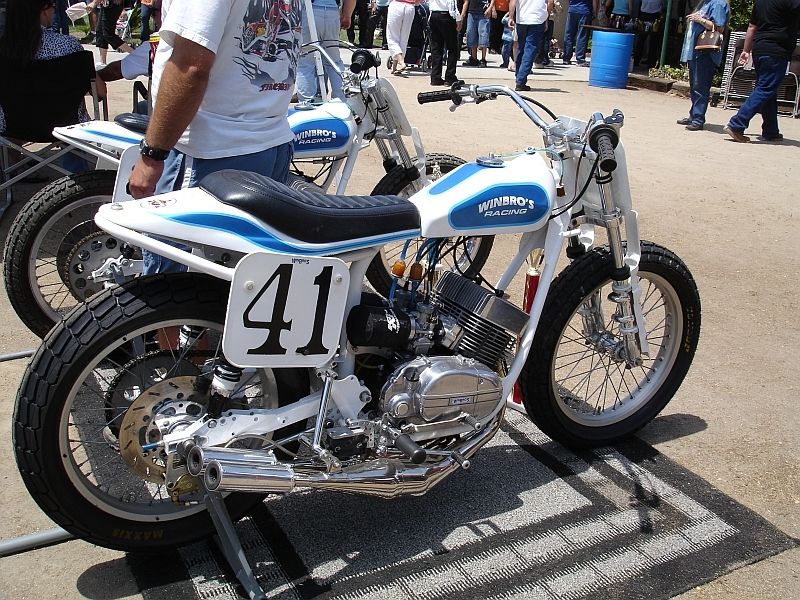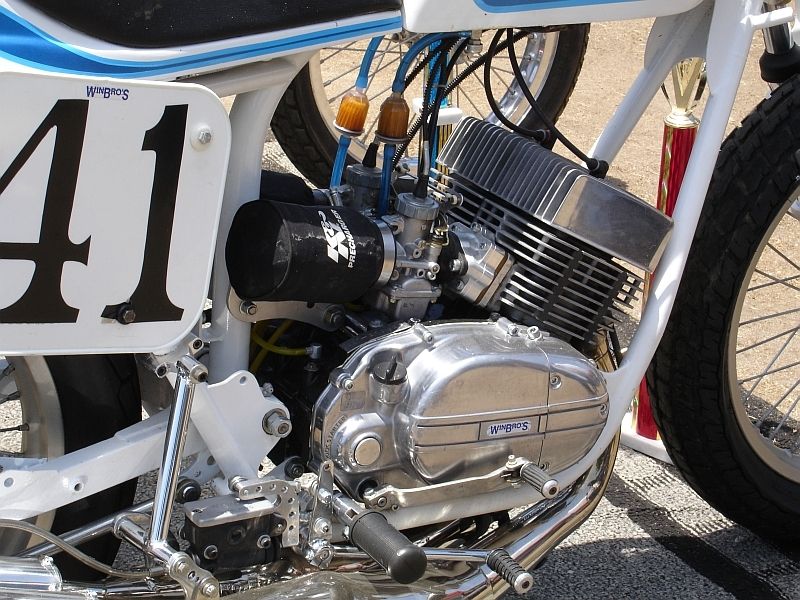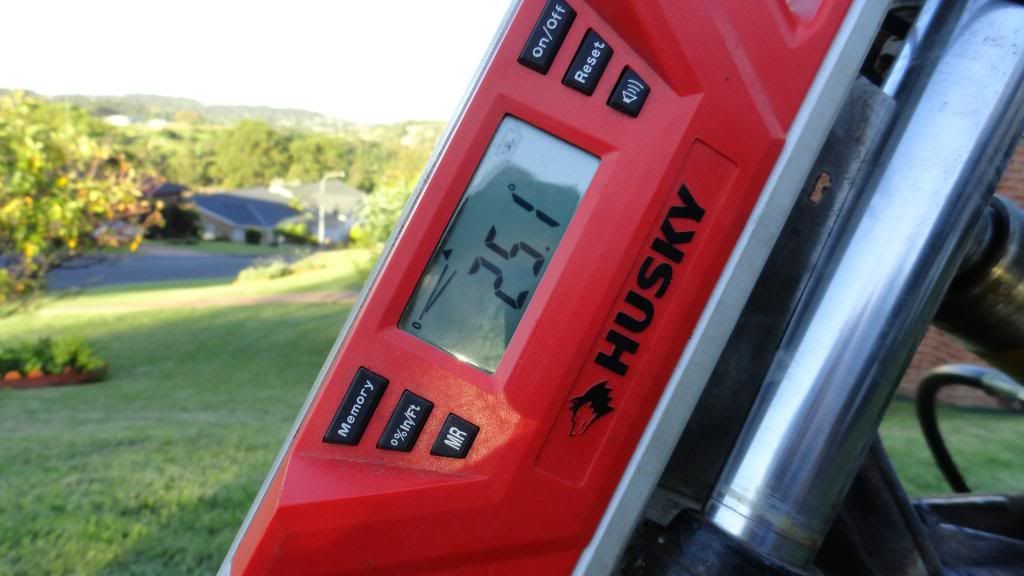Pistons have to stop but the crank keeps turning, the crank provides the inertia not the piston. The rod is being pushed by the piston to 90 deg then to 180 the rod is pulling the piston, then to 270 the piston pulls the rod and finaly the rod pushes the piston to TDC.
The tyre is there to work not to rest and the theory of big bang engine 'giving the tyre time to rest' was put out to pasture by Masao Furusawa.Was never a black art to him just the rest of us didn't know what was going on.
The only way 90 deg firing works in a twin is with a 90 deg V twin with crank pins in line would work a treat in a inline 4.
http://www.sae.org/mags/aei/5586
From my memory of high school physics Newton's first law of motion defines inertia as the property of a body to resist a change in motion. A piston has mass and is therefore a body and when in motion exhibits inertia. As I understand it, piston inertia is what generates the positive and negative torque pulses prevalent in a conventional 180 degree twin crank. A 90 degree crank virtually eliminates the positive and negative pulses because as one piston is slowing down the other one is speeding up. The inertia that the decelerating piston is gaining is negated by the inertia that the accelerating piston is losing, resulting in an overall kinetic energy flow of almost zero. This, I believe, is said to be what is responsible for the better throttle control and decreased tyre wear of the 90 degree configuration.
Anyway, enough cyber building and on with the job

., although I'm reluctant to build any pipes for it if the ones on this bike are not considered up to scratch


I just love this super clean RD350 tracker........


Pulled the head angle back to 25 degrees with the aid of a porta-power, digital spirit level and a bit of heat to relieve the stress once the angle was right.


This has of course shortened the wheelbase even further so I'll have to make a new swinging arm to get the wheelbase up to around 55-56". Next, I'll cut up what's left of an old DT frame and graft the backbone and seat rails into the RD frame, after I've cut off all the side frame components from the RD frame.